Dishwasher without running water
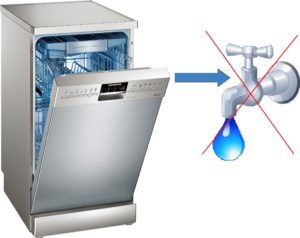 As you know, you get used to good things very quickly, and if you have a dishwasher at home, then why not get such a “helper” at your dacha. There is only one thing that stops us - the lack of the benefits of civilization in the form of running water, and without a central water supply, an ordinary dishwasher refuses to work.
As you know, you get used to good things very quickly, and if you have a dishwasher at home, then why not get such a “helper” at your dacha. There is only one thing that stops us - the lack of the benefits of civilization in the form of running water, and without a central water supply, an ordinary dishwasher refuses to work.
In this regard, our readers have two questions. First question: is it possible to buy a machine somewhere that will work autonomously? Second question: how to connect a regular dishwasher so that it works autonomously? We will try to find an answer to both questions within the framework of this publication.
Autonomous car: does it exist?
A dishwasher for a summer house without running water, what is it like? Probably, the market offers us a huge number of models that make our eyes run wild, and now we will need to make a review. One that would help you make a choice in favor of the best autonomous machine. But in reality everything turns out to be much simpler and more progmatic.
After a very long search, our experts were able to find only a couple of models of dishwashers that can work autonomously, and even then it’s a stretch to call them dishwashers. It's more like a dishwasher. Meet Circo and NoStrom EcoWash Dinner Set. Both of these dishwashers work both without a central water supply and without electricity at all.
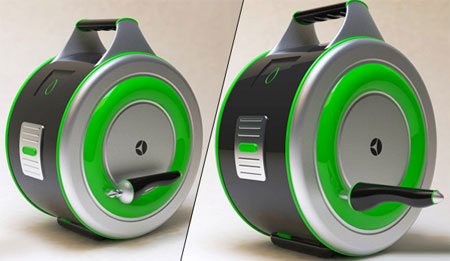
To start washing dishes, you need to pour warm water with detergent into a special reservoir and turn the handle.
The main advantages of these devices are unprecedented savings in water and electricity, as well as washing dishes without hand, since the skin of the hands does not come into contact with detergent and water. This is where the advantages of the above devices end and the disadvantages begin: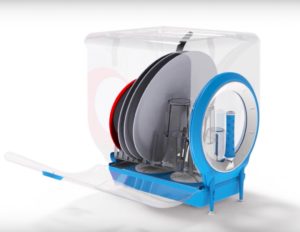
- the sale of these devices is still limited, and they are quite expensive;
- the capacity of their washing bins is very small;
- you have to constantly add warm water and drain the waste water, all this is done manually;
- The quality of dishwashing leaves much to be desired.
The general meaning is clear. We think there is no point in describing newfangled eco-inventions, since in practice their use either does not make sense or is not yet possible for objective reasons. And frankly speaking, these devices will not replace a full-fledged dishwasher. So let’s put this reasoning aside and think about how to connect a regular dishwasher in the absence of running water, but first we will select a machine model that can best be prepared for such operating conditions.
How to choose a dishwasher for your cottage?
To make any dishwasher work, it is enough to supply water under pressure from 0.03 to 1 MPa. It turns out that it doesn’t really matter what kind of dishwasher you have, the main thing is that water is supplied to it under pressure, and the quality of this water is satisfactory. After all, in a dacha, the water is mostly underground, which means its quality may not be high enough. This publication will help you choose a good “helper” Review of freestanding dishwashers.
It turns out that we can buy any machine, pass water through filters, pour it into a suitable reservoir, and connect this reservoir to the dishwasher. It sounds simple, but how to implement it, and most importantly, how to ensure the supply of water under pressure? More on all this in the next paragraph.
Connecting a dishwasher without central water supply
There is an original, and at the same time, very simple way to make a dishwasher without running water work as well as under normal conditions. At the same time, a minimum of consumables is needed. First, let's prepare the materials, we will need: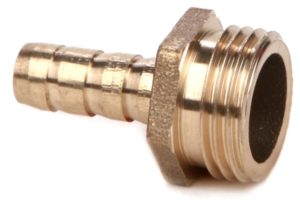
- a plastic canister of suitable capacity (minimum about 10 liters) with a tightly screwed lid;
- fitting with ¾ thread, nut and rubber seal;
- valve from a tubeless tire;
- a piece of garden hose about 1.5 meters long;
- two clamps, winding, automotive sealant;
- two steel corners, a board 30 mm thick and 80 cm long;
- Automobile compressor;
- 18A washing machine charger and pre-start device.
In addition, you will need pliers, a drill with drills, a knife, and a small adjustable wrench.
Having selected everything you need, we proceed to installing the dishwasher. First, move the dishwasher to a suitable place. It is best to place it somewhere against the wall, close to an outlet. Somewhere to the left and above the dishwasher body, we screw steel corners directly to the wall, and place a crossbar on them to create a horizontal shelf. Next, we drill a hole in the lid of the canister and insert a valve from a tubeless tire into it, sealing the joint.
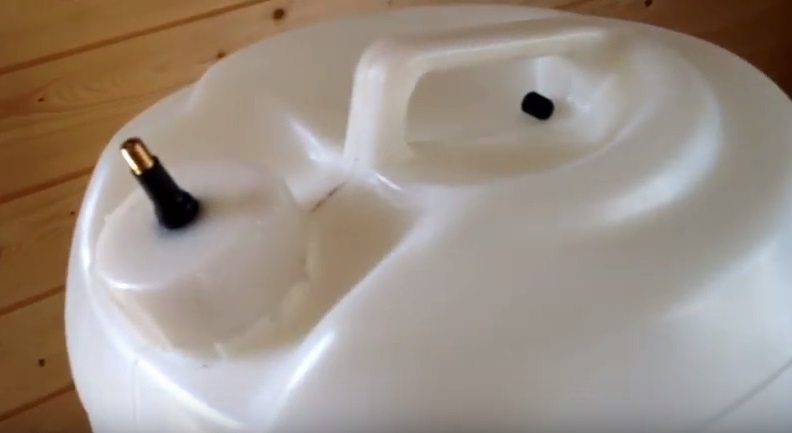
After this, we drill a hole in the bottom of the canister and insert a fitting into it, with the thread inward, put a rubber gasket inside and tighten the fitting again from the inside with a nut. From the outside, we put a garden hose on the protruding fitting and tighten it with a clamp. We connect the hose either to the dishwasher inlet valve or to the inlet hose. In this case, the main thing is that the connections are tight and reliable. Carefully pour clean water into the canister, screw on the lid and place the canister of water on the shelf.
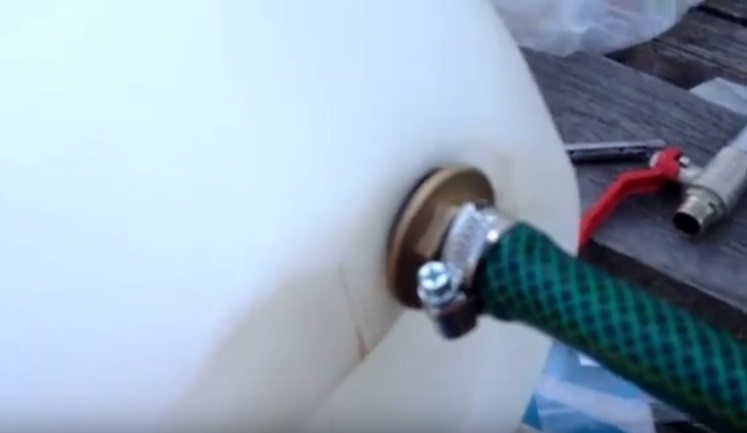
Next is the crucial moment, we connect the washing machine compressor to the starting device, screw the compressor hose to the valve and apply a little pressure, literally “0.3 points” no more, otherwise the canister will burst. Remove the compressor hose from the valve and turn on the dishwasher. If the machine starts to fill with water, then everything is in order, you don’t need to touch anything. If water does not fill, you need to slightly increase the pressure using a compressor.
To prevent the canister from bursting due to excess pressure, some suggest building an additional valve into it, or taking a stronger container.
So, we figured out that there are practically no autonomous type factory dishwashers, but that they are not machines, but rather devices. But almost all dishwashers without exception can be connected to a water supply without running water, if you use some basic ingenuity. Don't be lazy and everything will work out for you. Good luck!
Interesting:
3 reader comments

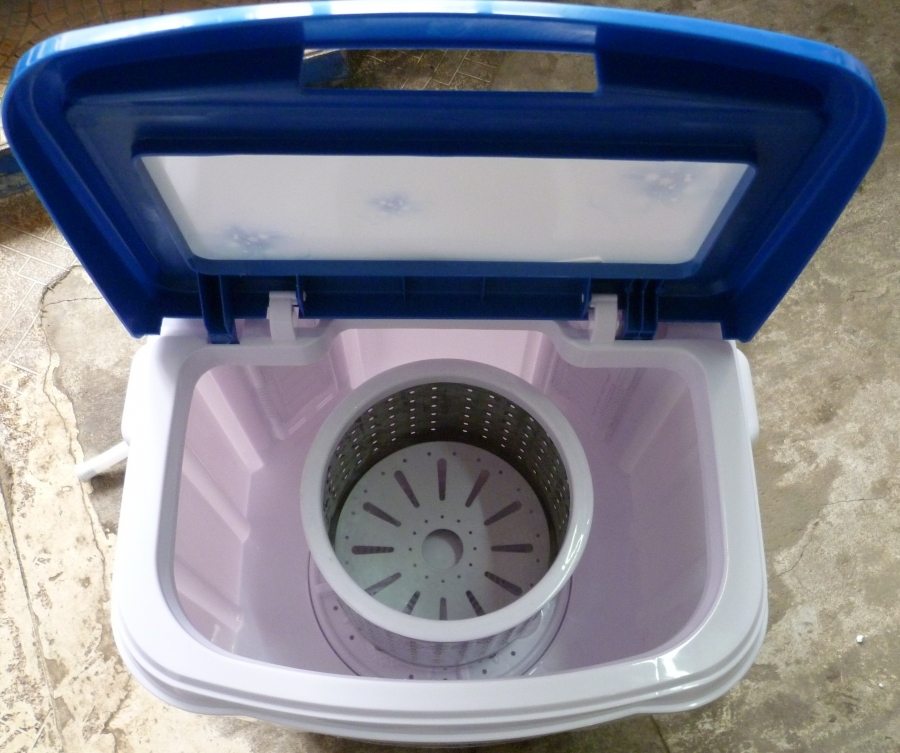
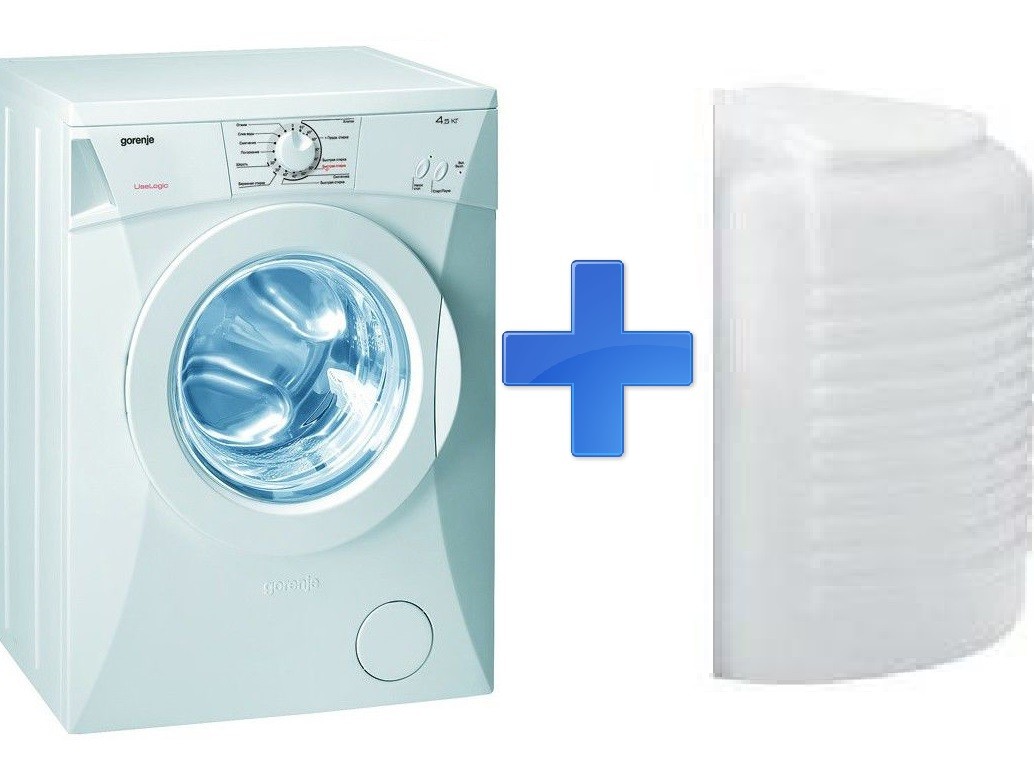
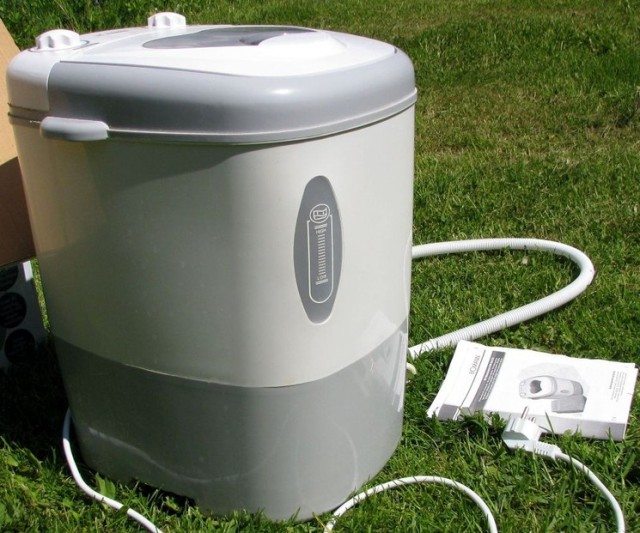
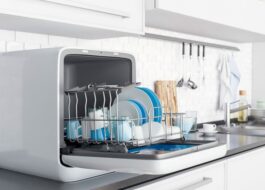
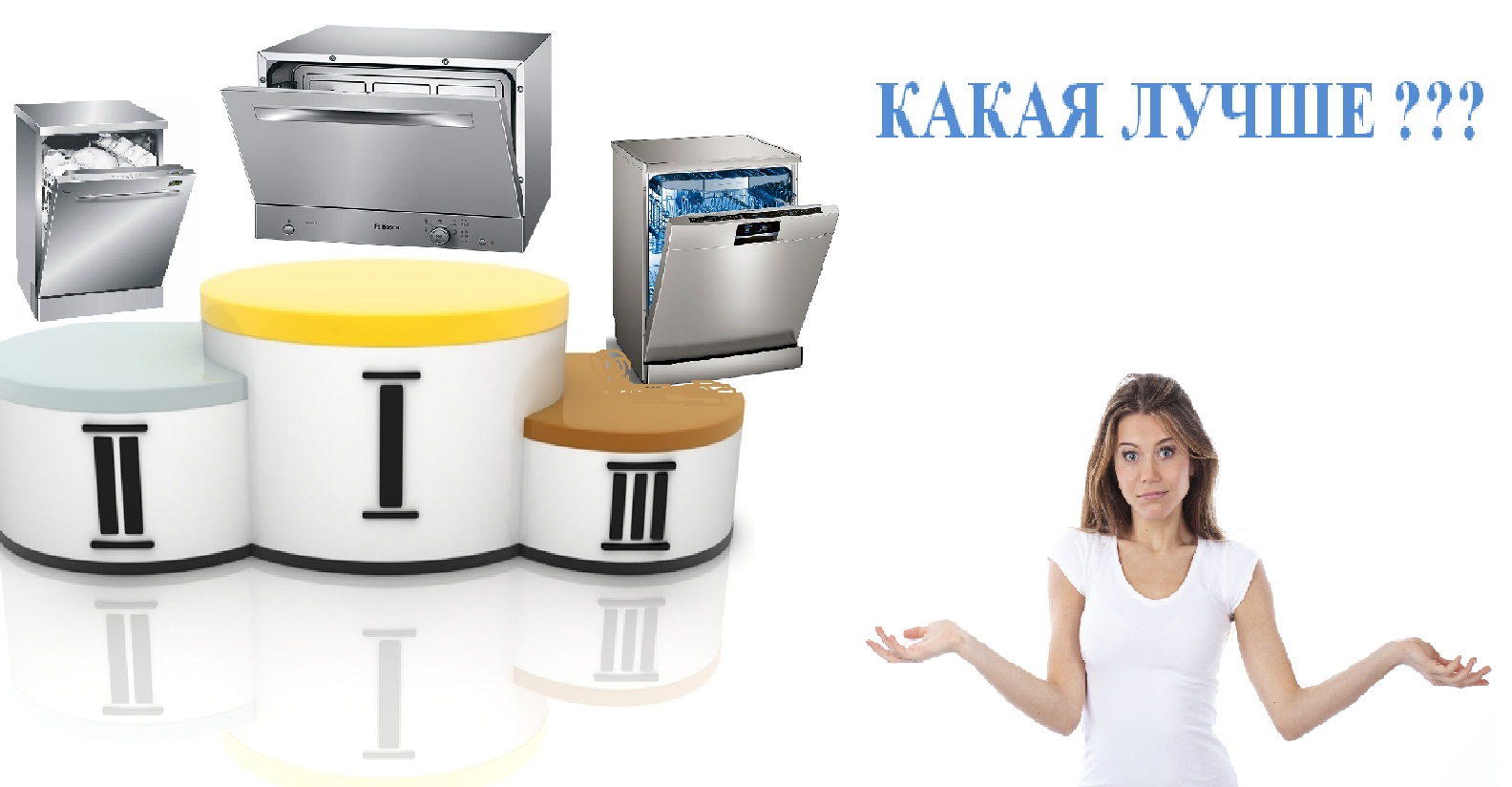















It’s interesting, but since everything is so simple and it’s purely a matter of pressure, you can take a soft container for water and simply press on it with one force or another :)
At what height should the canister be placed?
There are washing machines with a 100-liter tank, attached to the side or rear. Why not make a dishwasher like this? Very convenient for those who live in wooden houses.